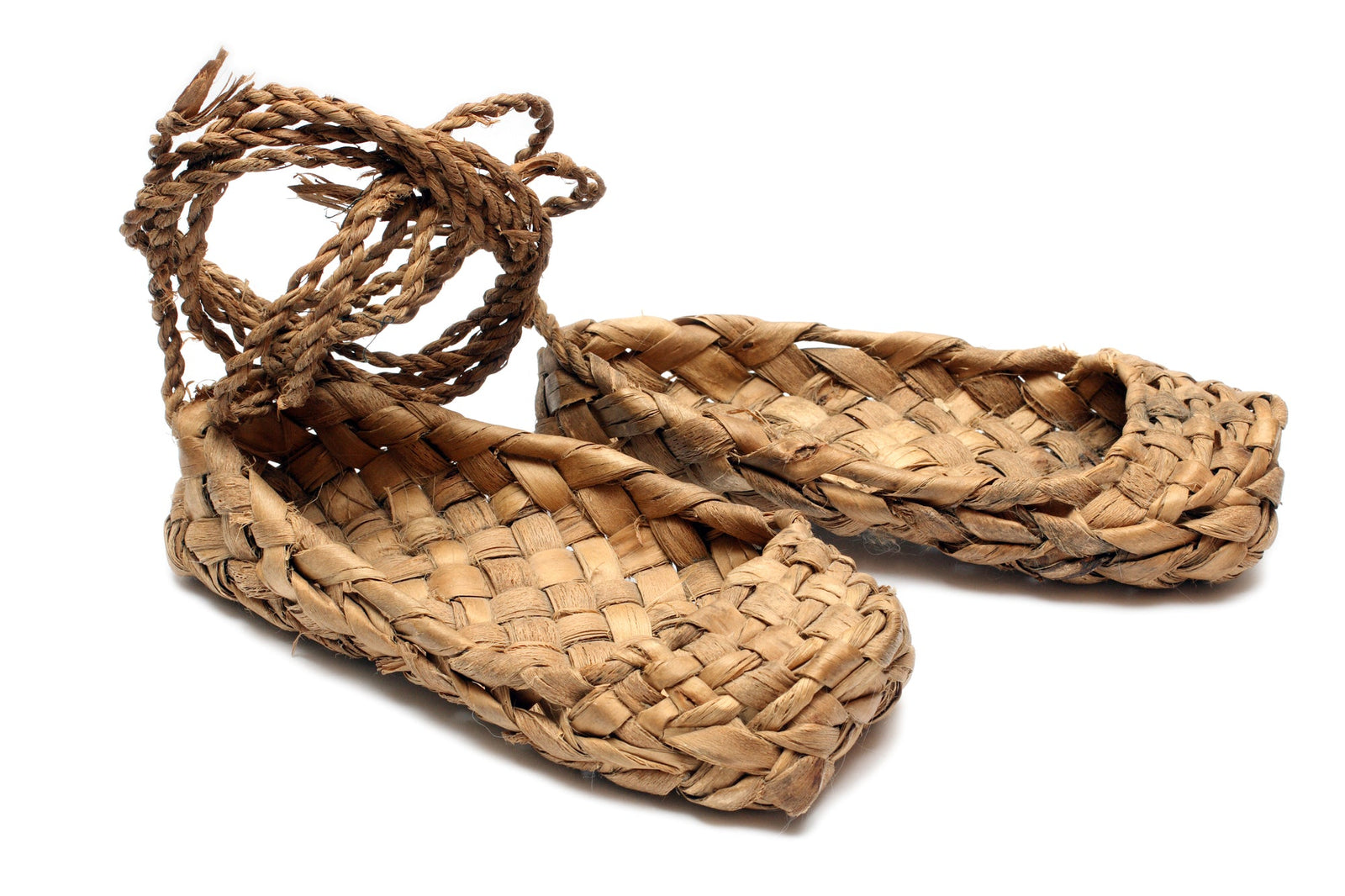Pedicurian recently traveled to Toronto and visited the unusual Bata Shoe Museum. The Bata Shoe Museum in Toronto offers a captivating glimpse into the rich history of human footwear, but it's merely a starting point for exploring the profound relationship between humans and their shoes throughout the ages.
The museum shows everything from colorful eskimo boots to gladiator sandals to snazzy jazz age spectators.
Shoes are an expressive vehicle that tells the story of our attitude towards our feet as much as it reflects in our footwear Our feet and what we wear on them are affected by culture, religion, politics, economics, religion and geography.
Let's embark on a journey through time, examining how our feet and footwear have been shaped by culture, religion, politics, economics, and geography.
The Origins of Footwear
Humans began covering their feet for protection as early as 40,000 years ago. Early footwear included:
- Simple wrappings made from animal hides
- Sandals woven from plant fibers
- Moccasins crafted from soft leather
These early designs were primarily functional, protecting feet from harsh terrain and extreme temperatures.
Ancient Civilizations and Symbolic Footwear
As societies developed, shoes became more than just protective gear:
- In ancient Egypt, sandals were a symbol of status, with pharaohs wearing ornate golden sandals
- Greek and Roman sandals evolved into complex designs, often indicating the wearer's social standing
- In China, tiny "lotus shoes" for bound feet became a symbol of beauty and status for women
The Middle Ages to the Renaissance
During this period, footwear began to reflect more diverse styles and purposes:
- Pointed shoes called poulaines became fashionable in Europe, sometimes reaching extreme lengths
- Chopines, tall platform shoes, gained popularity in Venice, elevating wearers above muddy streets
- Sturdy work boots evolved for various trades and professions
The Industrial Revolution and Mass Production
The 19th century brought significant changes to shoe production:
- Mechanization allowed for faster and cheaper shoe manufacturing
- Standardized sizes were introduced, making shoes more accessible
- New materials like vulcanized rubber enabled the creation of more durable and versatile footwear
Modern Era: Fashion, Function, and Identity
Today, shoes serve multiple purposes beyond protection:
- Athletic shoes are engineered for specific sports and activities
- High-fashion footwear often prioritizes aesthetics over comfort
- Shoes can be powerful statements of personal style, cultural identity, or political beliefs
Footwear as a Cultural Mirror
Our choice of shoes can reveal much about our society:
- The popularity of comfortable, casual footwear reflects changing work environments and social norms
- The rise of sustainable and vegan shoe options indicates growing environmental consciousness
- Global influences in shoe design demonstrate our interconnected world
The Future of Footwear
As we look ahead, exciting developments are on the horizon:
- 3D-printed custom shoes tailored to individual foot shapes
- Smart shoes with integrated technology for health monitoring and performance tracking
- Innovative materials that adapt to different environments and user needs
From the simplest sandals to the most advanced athletic shoes, footwear has always been an integral part of human culture. It tells the story of our technological advancements, artistic expressions, and societal values. As we continue to innovate, our shoes will undoubtedly keep evolving, reflecting the changing world around us.
The next time you slip on a pair of shoes, take a moment to consider the rich history and cultural significance they represent. What story do your feet tell about life in today's interconnected world?
Pedicurian keeps you moving. Shop beauty, health and comfort for your feet @pedicurian.com.

